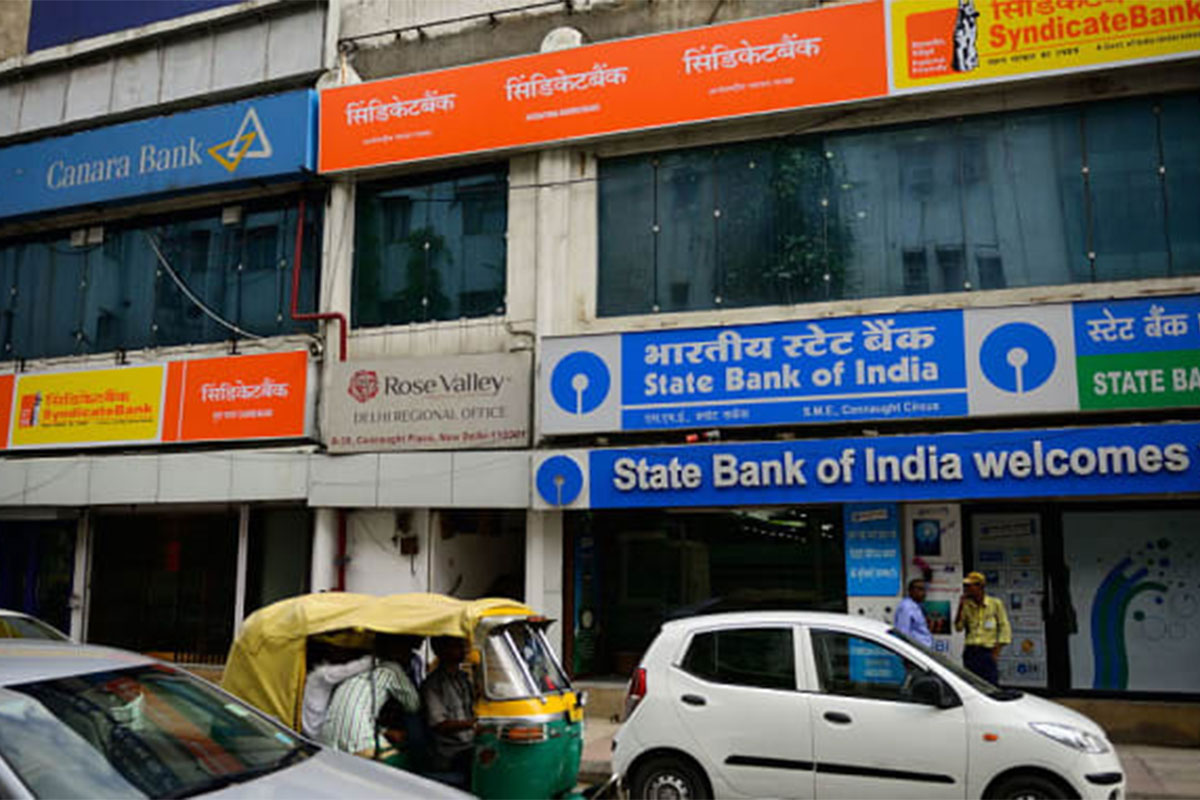Doctor’s guide to paediatric dermatology
Dr Sandipan Dhar's book Sishu Twak Ojana Katha was released today in the presence of Dr Apurba Ghosh, Tota Roy Chowdhury and Rupankar Bagchi in attendance.
The push for high-tech manufacturing is evident in the ambitions of leaders like our Prime Minister Narendra Modi and Saudi Arab- ia’s Crown Prince Muhammad Bin Salman.

PSBs has come down after amalgamation of several lenders, and their ability to lend has increased manifold. (Photo: Getty)
Nations are placing strategic bets on diverse paths to prosperity in the 21st century. The race to be- come the next economic superpower is marked by breath-taking ambition, with leaders envisioning meteoric growth akin to East Asian successes of the past. However, the playbook remains elusive, as the pursuit of high-tech manufacturing, exploitation of green reso- urces, and reinvention as a global entrepot present their own sets of challenges. One prevailing theme is the role of the state in driving economic evolution. Departing from the once-dominant Washington consensus, gover- nments are actively intervening in their economies. They are not only picking winners but are also willing to invest substantial resources in chosen strategies. But does this heightened state involvement signal a necessary shift in the approach to economic development, or is it a ga- mble that history warns against? The push for high-tech manufacturing is evident in the ambitions of leaders like our Prime Minister Narendra Modi and Saudi Arab- ia’s Crown Prince Muhammad Bin Salman. The aim is to bypass traditional industrialisation and leap directly to cutting-edge production. However, this obsession with technological frontier risks falling into the trap of prote- ctionism. While subsidies and tax breaks replace import bans, the question looms ~ can countries entice global tech giants without compromising on the principles of free trade? The green transition offers another avenue, with countries like Indonesia attempting to monopo- lise production of essential metals and minerals. The heavy-handed approach, exemplified by export bans on bauxite and nickel, seeks to lure refiners and establish a comprehensive supply chain within national borders. However, the longevity of this strategy remains uncer- tain, given the cyclic nature of demand for green comm- odities and potential technological disruptions. Concu- rrently, the Gulf nations are trying a different play, aim- ing to reinvent themselves as global trade hubs. The United Arab Emirates and Saudi Arabia, in particular, are diversifying into industries like artificial intelligence, tourism, and education. However, the heavy reliance on foreign workers, colossal state spending, and a less- than-stellar private sector growth rate raise questions about the sustainability of this approach. As nations throw enormous sums into chosen paths, the stakes are undeniably high. Smaller economies, like Cambodia and Kenya, risk financial crises if their gambles do not pay off. Larger players, such as India and Indonesia, cannot afford a second attempt at development. The clock is ticking for resource-dependent countries like Saudi Ara- bia, emphasising the urgency to develop before global demand for their primary export diminishes. The 21st- century race for economic supremacy is a multifaceted chess game where every move carries consequences. The state’s increased involvement is both a necessity and a gamble, and the chosen strategies ~ whether high- tech manufacturing, green resource dominance, or glob- al entrepot reinvention ~ all come with uncertainties. In this evolving economic landscape, the journey to pro- sperity is undoubtedly more challenging than in the previous century, demanding strategic acumen, adapt- ability, and a keen understanding of the global econom- ic chessboard.
Advertisement